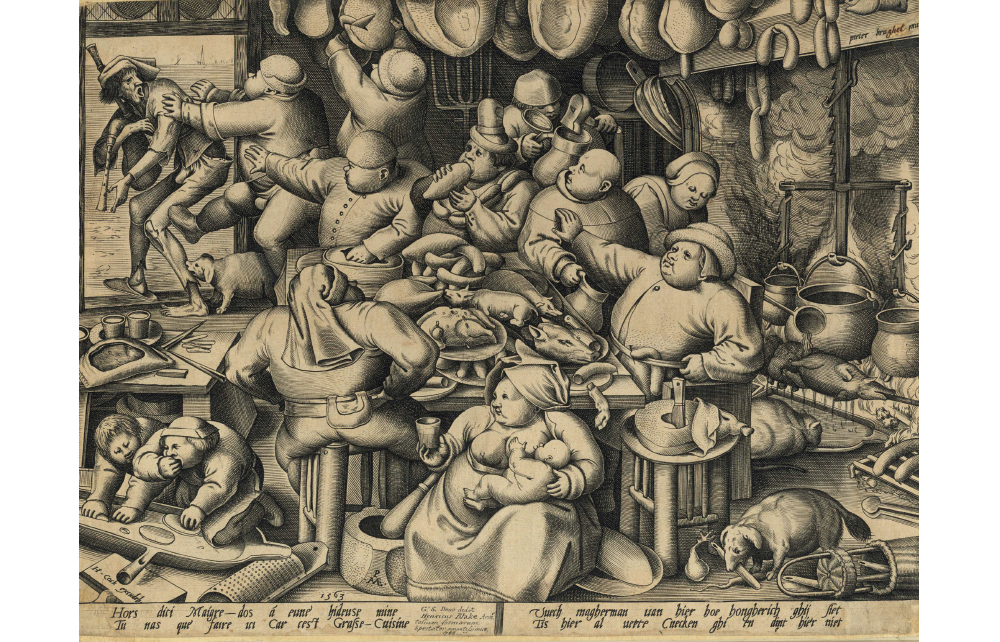‘Psst! Someone’s coming!’ the skinny man with the ragged breeches and the bandaged jaw warns his fat companion out of the corner of his mouth. The two men, busy bundling sticks in a wood, look around apprehensively while a third man up a ladder attacks a tree with a billhook. The three of them are clearly up to no good, and we’ve caught them at it.
The focus of an intriguing little exhibition at the Barber Institute, ‘Two Peasants Binding Firewood’, c.1604-16, (see p31) was once thought to be by Pieter Bruegel the Elder, but as it’s one of several copies from the same workshop it has since been reattributed to his son. Pieter Bruegel the Elder didn’t churn them out; with a waiting list of collectors queuing to acquire his paintings, he didn’t need to. But when he died prematurely in his forties in 1569, he left a gap in the market that Pieter Brueghel the Younger filled.
Like D.C.

Get Britain's best politics newsletters
Register to get The Spectator's insight and opinion straight to your inbox. You can then read two free articles each week.
Already a subscriber? Log in






Comments
Join the debate for just $5 for 3 months
Be part of the conversation with other Spectator readers by getting your first three months for $5.
UNLOCK ACCESS Just $5 for 3 monthsAlready a subscriber? Log in